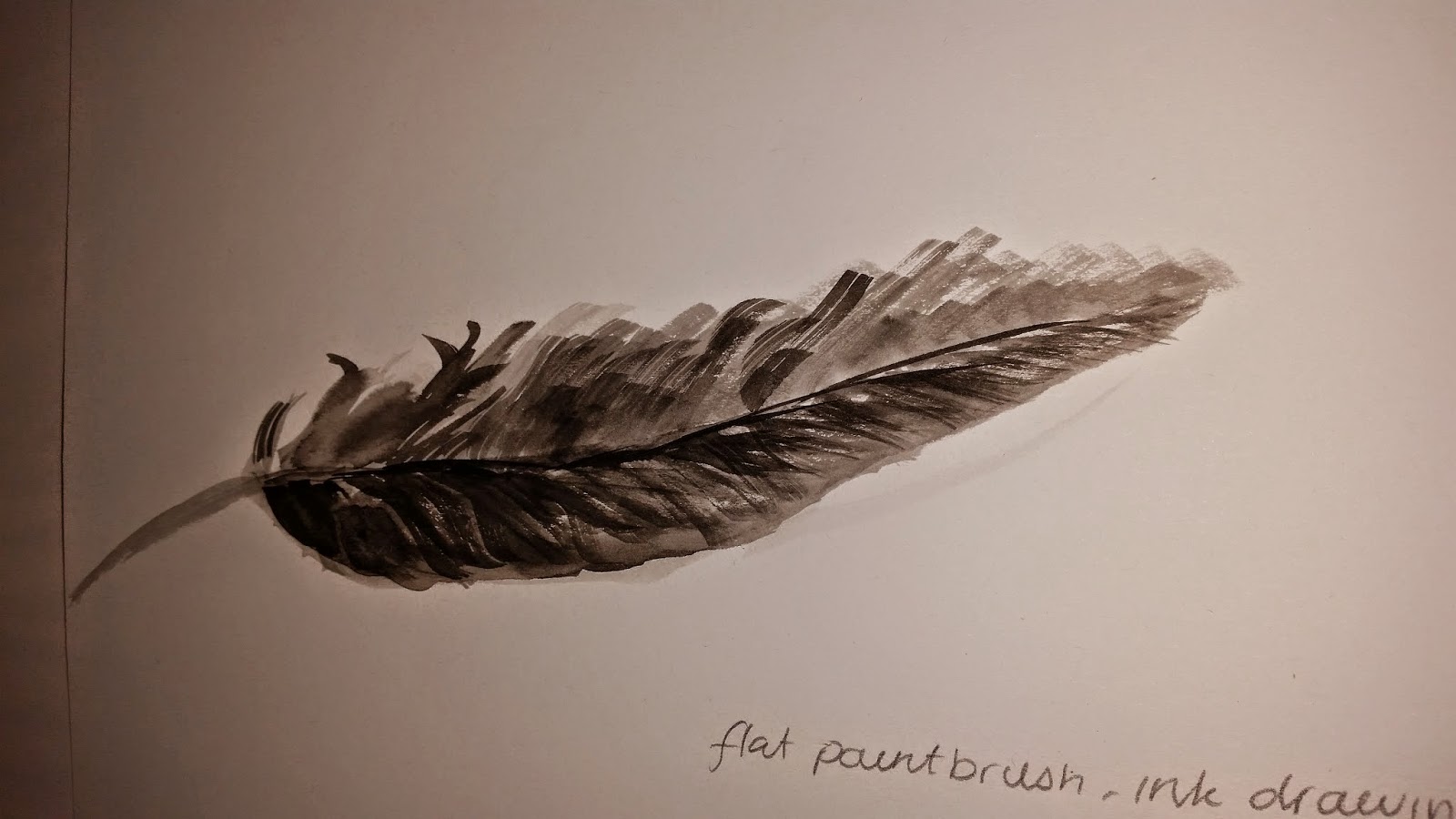Following the previous printmaking workshop with Colin we had spoken about wanting to build on what we had learnt by creating a book with our groups prints in as editions.
Depending on the amount of people thinking of doing the project it depends on the name we are hoping for 10 x 10. The theme of the prints will be still life which is open to our own interpretation. We are not limited to any one type of printmaking method and are being encouraged to experiment with different processes such as silk screen, dry point, etching, and many more. I am looking forward to do this project as I am learning the skill of reproducing a print and aiming for a finished book at the end of it.
Our deadline is Tuesday 5th May. For the book we aim to make a wrap around cover, with torn edges, each sheet will be 250x350. With a 20mml margin there should be 14 sheets of paper.
After having a tutorial with Colin on my ideas I have for the print. I have a lot of artist research and experimentation to do over Easter break ready for trying once arriving back at university. I showed Colin my watercolour and dry point pieces as I wanted to do something similar for the prints but the portrait wouldn't be considered still life. So over Easter I plan to use my grand parents old china dolls to draw their profiles which will then fit with the theme. Once back from the break experimenting with processes such as embossing, paper cuttings, masking tape, and mono prints.



















































